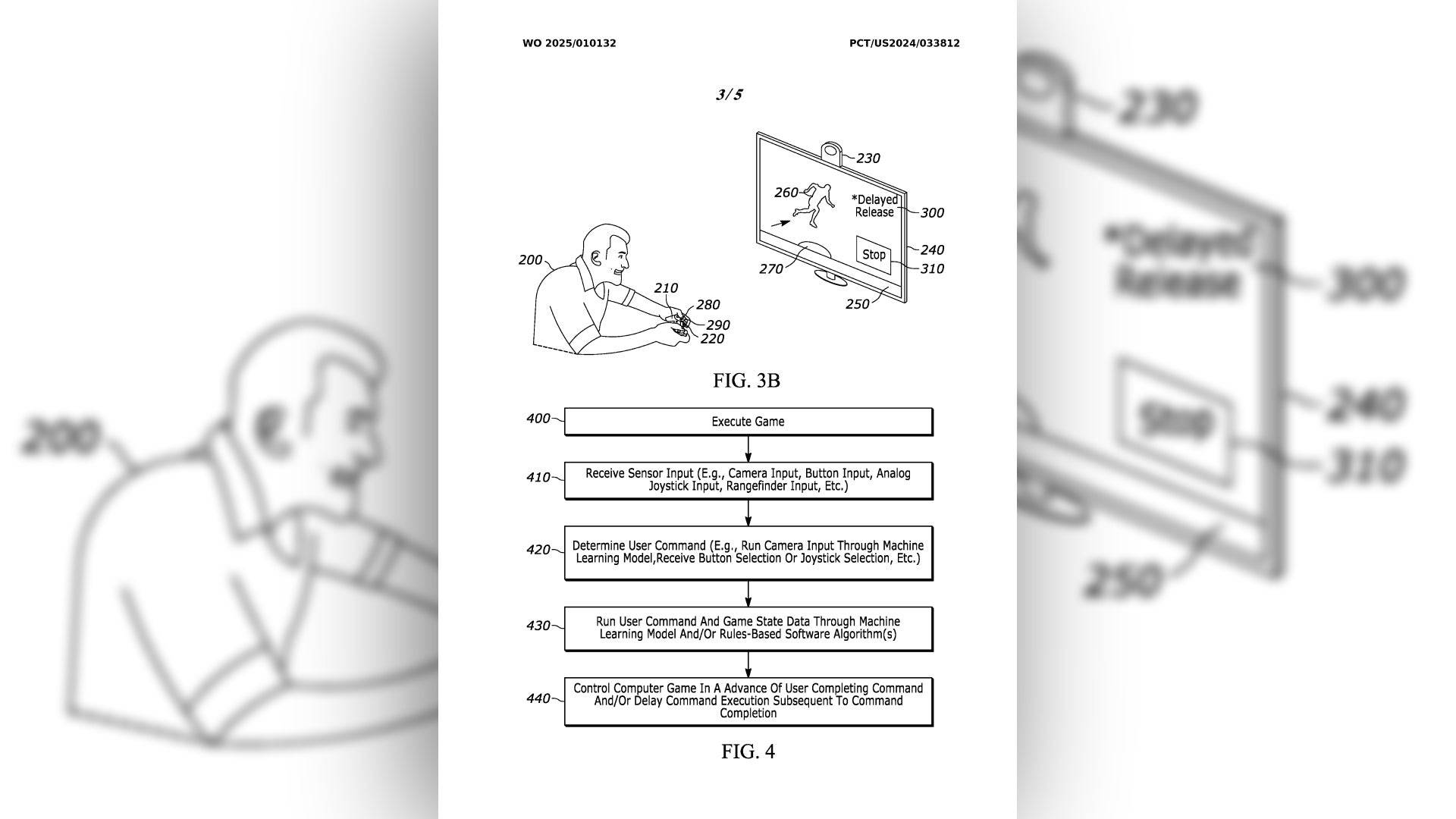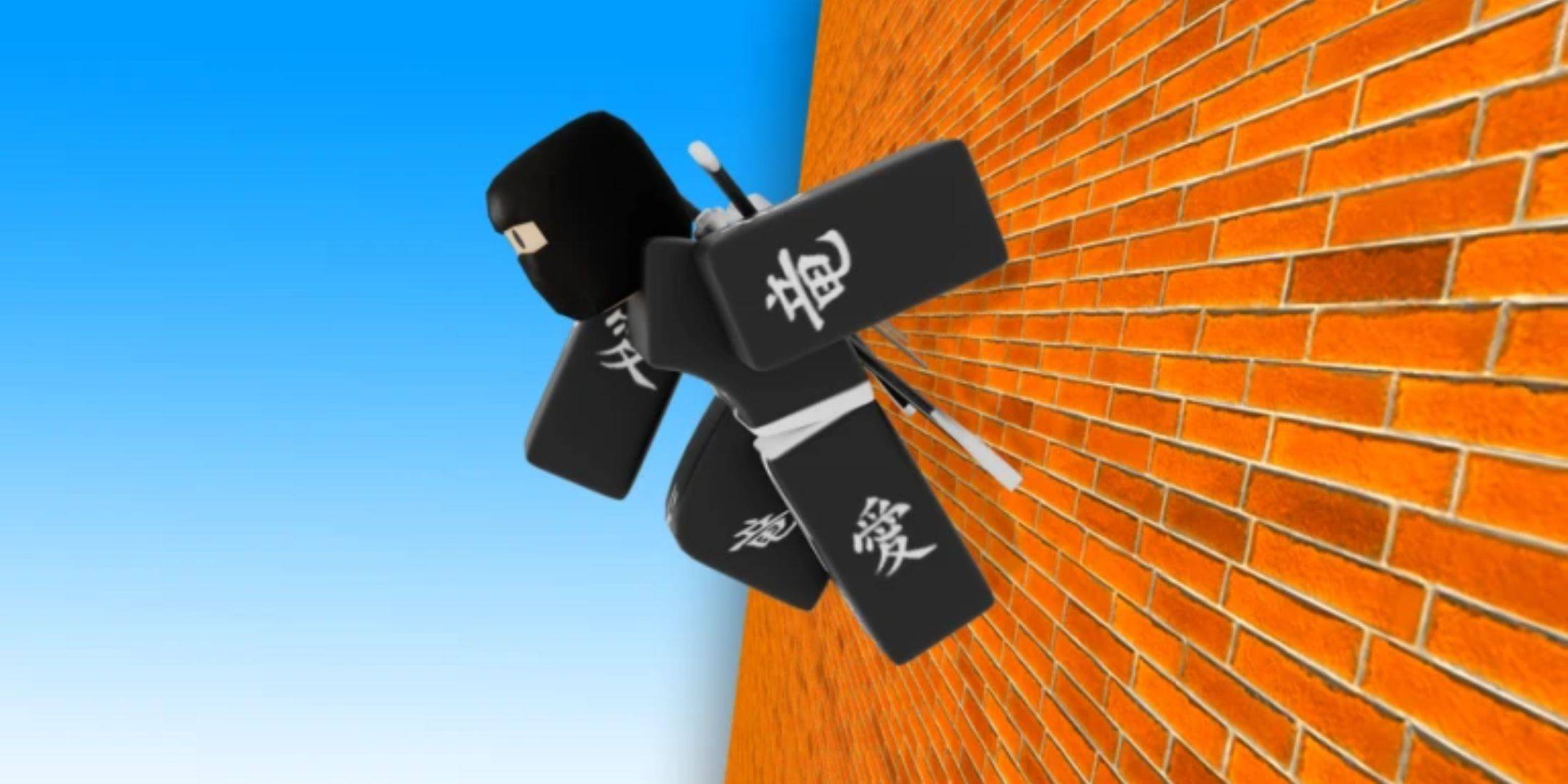Sony's latest patent filing, WO2025010132, titled "TIMED INPUT/ACTION RELEASE," could revolutionize the way we experience gaming on PlayStation consoles. This patent focuses on reducing latency, a common issue in modern gaming, especially with the advent of advanced graphics technologies like frame generation and upscaling.
The PlayStation 5 Pro introduced PlayStation Spectral Super Resolution (PSSR), which allows for upscaling to 4K resolution. However, such technologies can introduce additional latency, making games feel less responsive. This is where Sony's new patent comes into play, aiming to streamline the "timed release of user commands" to enhance gameplay responsiveness.
Sony's approach involves a sophisticated system that combines a machine-learning AI model with external sensors. The AI model is designed to predict the next input a player is likely to make, while sensors, such as a camera focused on the controller, help determine which button a player is about to press. According to the patent, "In one particular example, the method may include providing camera input as an input to a machine learning (ML) model. The camera input may indicate the first user command."
Additionally, Sony suggests the possibility of using the controller buttons themselves as sensors. Given Sony's history with analog buttons, this could be a feature in future controllers, further enhancing the predictive capabilities of their latency reduction technology.
While it's uncertain if this exact technology will appear in the PlayStation 6, the patent clearly indicates Sony's commitment to reducing latency without sacrificing the responsiveness of games. This is particularly important with the increasing popularity of technologies like FSR 3 and DLSS 3, which add frame latency to the systems they operate on.
The potential benefits of this technology are significant, especially for genres like twitch shooters, which demand both high frame rates and low latency for optimal gameplay. Whether or not this patent will be implemented in future hardware remains to be seen, but it's an exciting glimpse into the future of gaming technology.
















